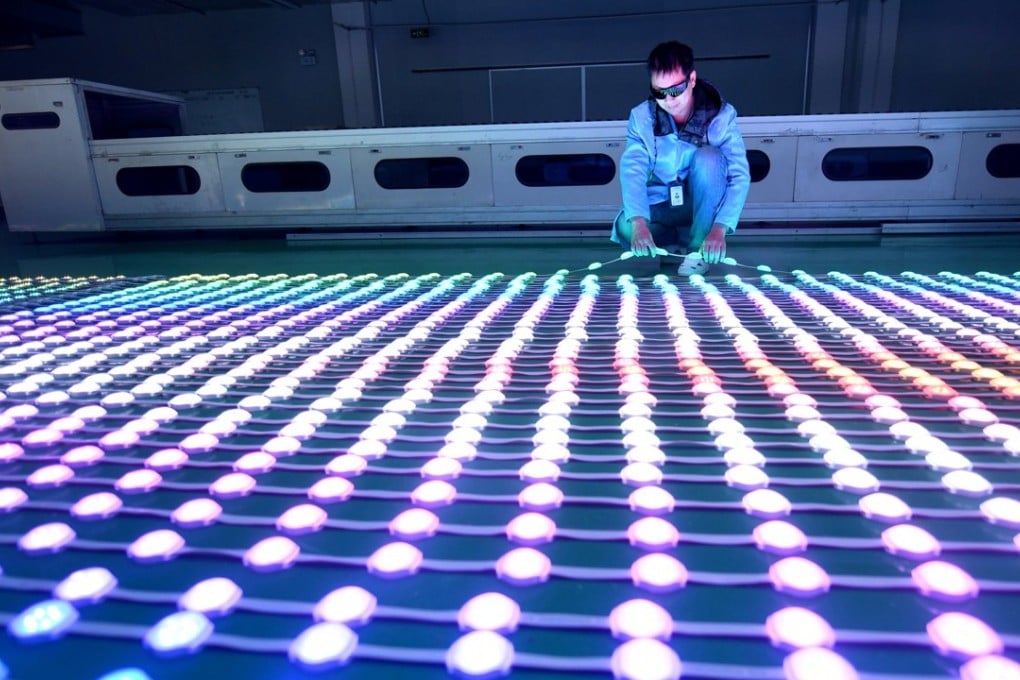Private sector, foreign companies key for ‘Made in China 2025’ to take off, experts at Singapore forum say
- Countries like Singapore are also gunning for lucrative opportunities to be part of China’s goal to be a high-tech powerhouse

China is still some way from its ambition of becoming a global powerhouse in hi-tech manufacturing, according to a senior economist.
Speaking at a forum in Singapore on Wednesday, Li Wenlong, senior economist at the Asean+3 Macroeconomic Research Office, said that the world’s second-largest economy continues to face “uncertainty or some challenges” in achieving the targets outlined in its “Made in China 2025” strategy.
The “Made in China 2025” action plan, launched by Premier Li Keqiang in 2015, aims to guide the country’s industrial modernisation, including substituting foreign technology with local innovation.
The goal is to achieve 70 per cent self-sufficiency in hi-tech industries by 2025 and a dominant position in global markets by 2049 – when China celebrates its 100th anniversary.
But to succeed, further economic reforms are needed, said Li.
“As (China) becomes bigger and more powerful … at some point, it should allow the private sector and foreigners to play on fair, equal statuses,” he told a panel discussion at the Singapore Management University (SMU). “This is very important.”
His comments come as private companies, which account for 60 per cent of China’s economy and 80 per cent of jobs in urban areas, are increasingly struggling while state-owned enterprises grow in strength and size. The bruising trade war between China and the United States and the domestic squeeze on financing have also taken their toll.
Li pointed to the high level of manufacturing capability in Chinese companies such as Huawei and Xiaomi but said, “it’s all in the private sector”.
